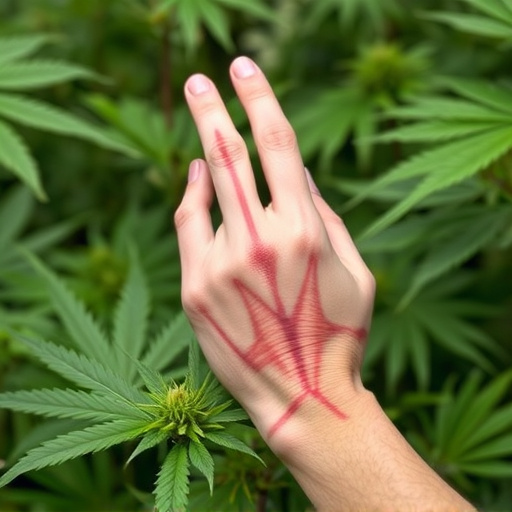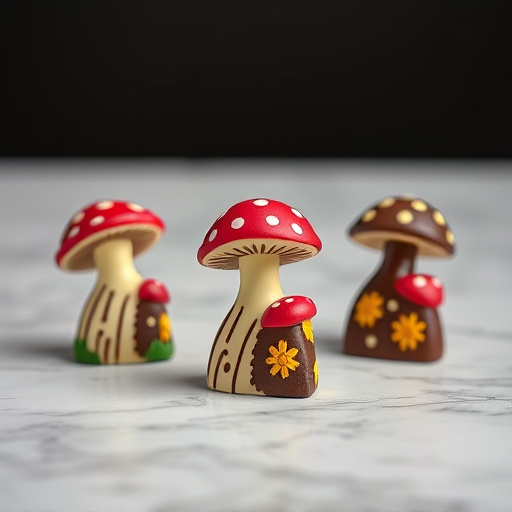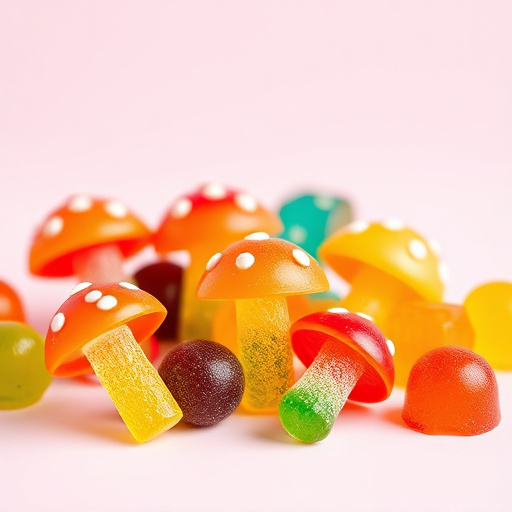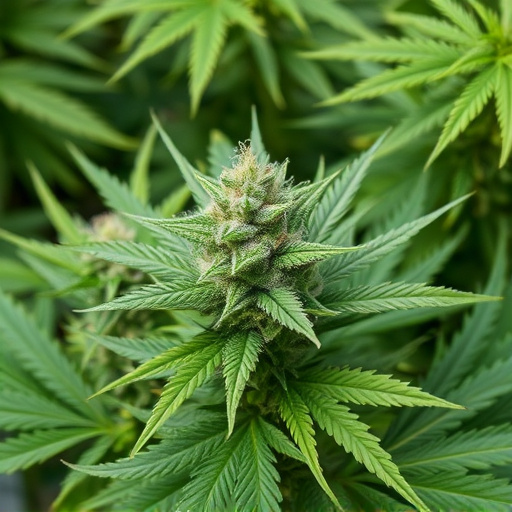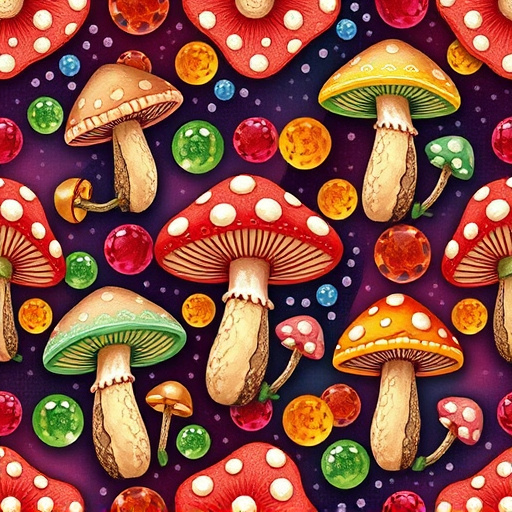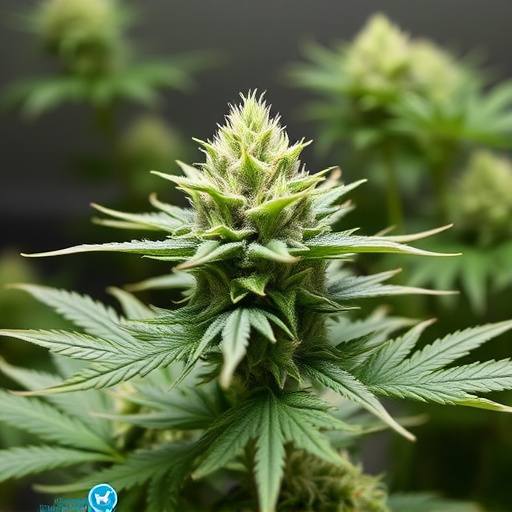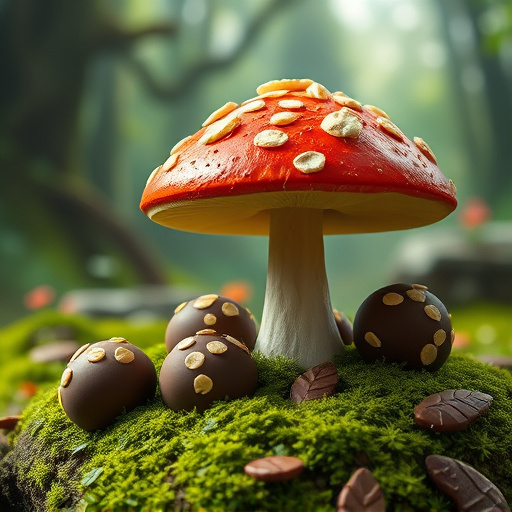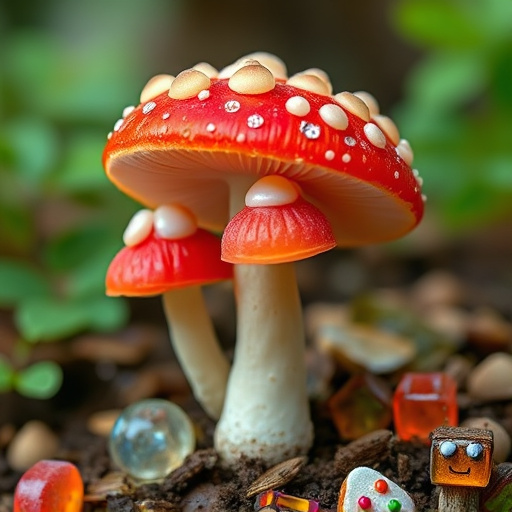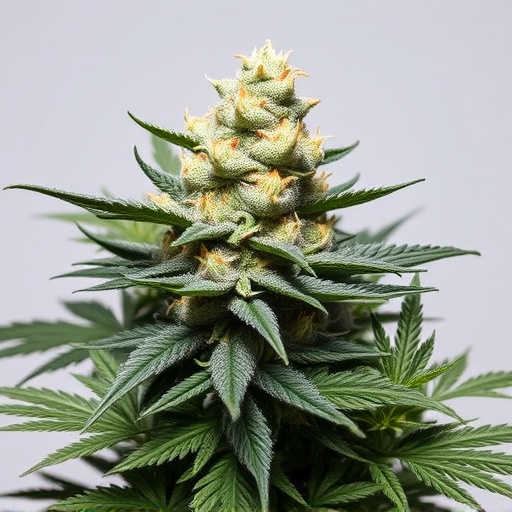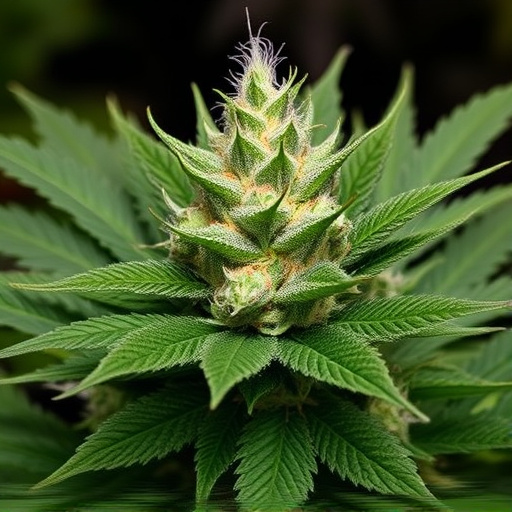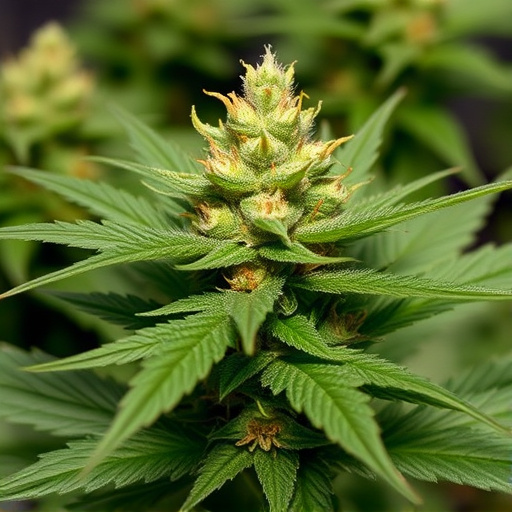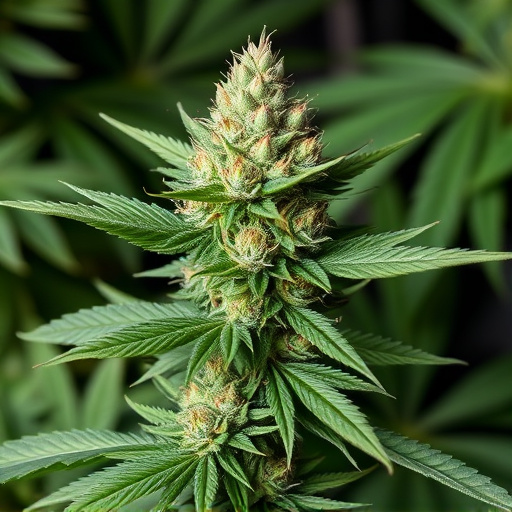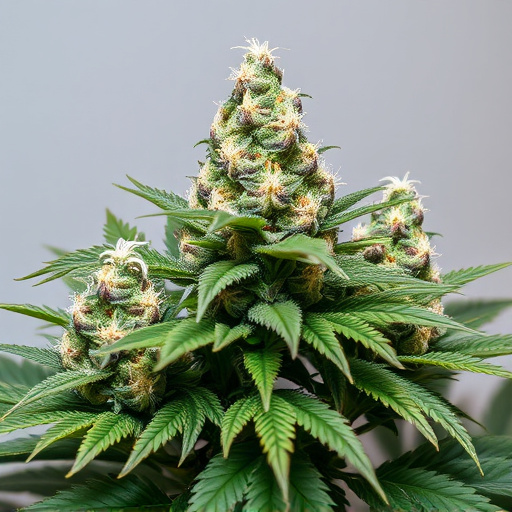Indica dominant strains, popular for their relaxing effects and high trichome density, are a cornerstone of modern cannabis culture. These strains' unique physical attributes and compound profiles, revealed through trichome analysis, enable users to predict potency and therapeutic benefits. Cultivators can use this knowledge to create consistent, high-quality indica products, catering to enthusiasts seeking stress relief and tranquility.
“Unveiling the secrets behind cannabis potency, this article delves into the microscopic yet mighty trichomes. These hair-like structures on the plant’s surface play a pivotal role in determining its therapeutic potential. In particular, we explore how ‘indica dominant strains’ exhibit unique trichome characteristics, offering insights into their distinct effects. By understanding the connection between trichome density and potency, cannabis enthusiasts can make informed choices, ensuring optimal experiences tailored to their preferences.”
- Understanding Trichomes: The Tiny Structures with Big Impact
- Trichome Density and Potency: Unlocking the Connection
- Indica Dominant Strains and Their Trichome Characteristics
Understanding Trichomes: The Tiny Structures with Big Impact
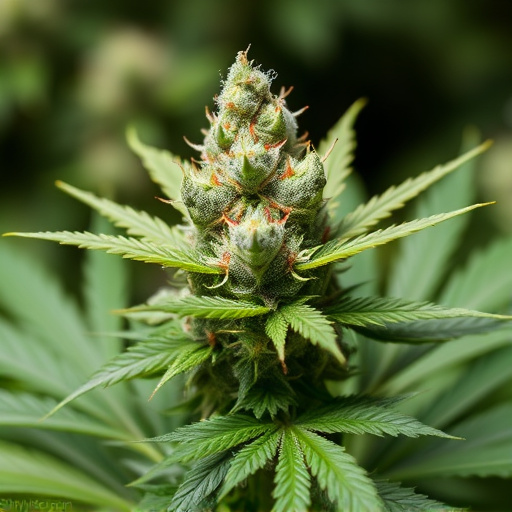
Trichome Density and Potency: Unlocking the Connection
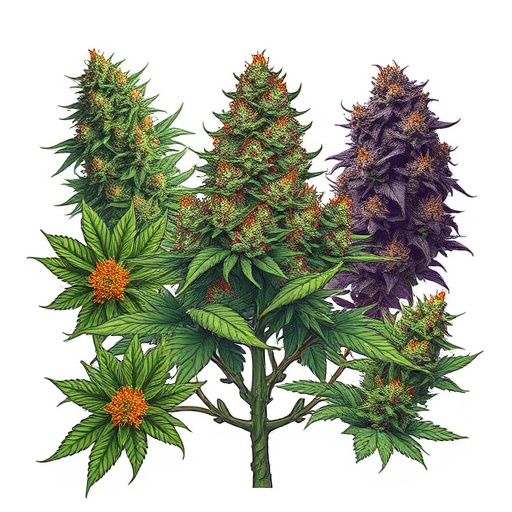
In the realm of cannabis, trichomes are tiny yet powerful structures that play a significant role in determining potency. These hair-like glands, found on the surface of plants, secrete a wide range of compounds, including terpenes and cannabinoids. Among them, terpene profiles significantly influence the plant’s aroma, flavor, and even its therapeutic effects. In terms of potency, research suggests a strong correlation between trichome density and cannabis strength. Indica dominant strains, known for their relaxing and sedative properties, often boast higher trichome density compared to sativa varieties.
The connection between trichome density and potency is not merely superficial; it stems from the fact that denser trichomes indicate a higher concentration of active compounds. As trichomes mature, they fill with essential oils and resins, amplifying the plant’s potential therapeutic benefits. For cannabis enthusiasts and medical patients alike, understanding this relationship allows for more precise expectations regarding the effects and overall quality of different strains, especially indica dominant ones.
Indica Dominant Strains and Their Trichome Characteristics
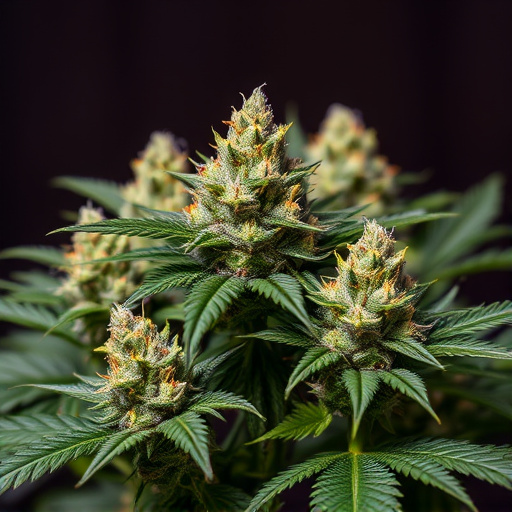
Indica dominant strains, often celebrated for their relaxing and sedative effects, possess unique trichome characteristics that contribute significantly to their potency. These plants typically feature dense, compact trichomes that can appear as small, sticky globs or hair-like structures when observed under a microscope. The density of these trichomes is a key indicator of the plant’s maturity and potential strength. As indica strains mature, their trichomes often turn amber or dark brown, signaling a buildup of potent cannabinoids like THC.
The shape and size of indica trichomes can also provide clues about the strain’s profile. For instance, shorter, more rounded trichomes might suggest a higher concentration of myrcene, known for its earthy, musky aroma and potential anti-inflammatory properties. In contrast, longer, slender trichomes could indicate higher levels of terpenes like linalool, responsible for lavender-like scents and anxiolytic effects. Understanding these trichome characteristics allows cultivators and consumers alike to gauge the potential potency and therapeutic benefits of indica dominant strains.
In understanding why trichomes matter for potency, we’ve explored their structural significance, the connection between density and strength, and how indica dominant strains exhibit unique trichome characteristics. By delving into these aspects, it’s clear that trichomes play a pivotal role in defining cannabis potency, offering valuable insights for both cultivators and consumers alike. This knowledge empowers folks to navigate the diverse world of indica dominant strains with enhanced appreciation for the intricate details that contribute to their distinctive profiles.
